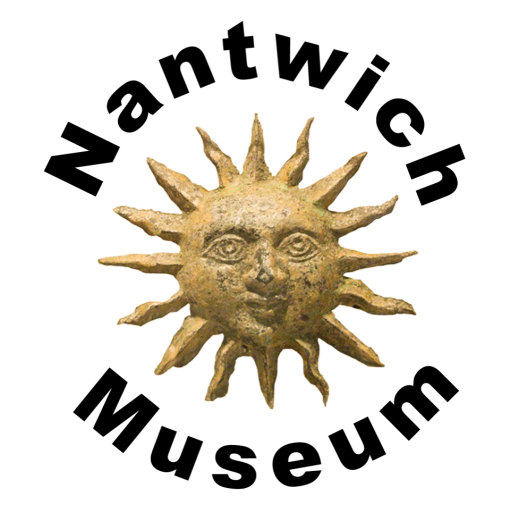
In 1884, Crewe Corporation for the first time set up a Health Committee “to deal with any infectious disease that may arise, with questions affecting the general health of the town”, with Dr William Hodgson as its chairman. Smallpox, greatly feared in the 1870s, had more or less disappeared thanks to vaccination and general sanitary improvements. Now the diseases which caused most concern were scarlet fever and typhoid.
An isolation hospital had been created in 1873 from William Pym’s old farmhouse in Pym’s Lane as a temporary measure to deal with smallpox. It was opened by the Earl of Crewe, on the 16 October, 1897 – the same day as the Technical Schools opened.

Plan of Crewe Sanatorium from the 1895 Medical Officer of Crewe’s Report
In 1897, against much opposition from Dr Richard Lord, Crewe’s first full time medical officer of health and some ‘economists’, Dr Hodgson carried through a scheme to provide isolation facilities for the scarlet fever cases that had been absent from the town since the 1870s. Indeed, death rates in Crewe from scarlet fever and typhoid were considerably higher than the average for England and Wales. Typhoid soon ceased to be a problem, but during the 1890s diphtheria increased rapidly in scale and virulence. From 1900, the Corporation provided antitoxin to local doctors, and a new two-ward diphtheria pavilion was added to the isolation hospital in Middlewich Street.
In 1912 Miss C. Page was Matron, and Miss Jessie Wilson was Sister-in-Charge.
The buildings were demolished in the late 1970s.
Our thanks go to Crewe Local History for help with this page.
This page is under development. If you have any further information, we’d love to hear from you.
Hospitals around Crewe and Nantwich Main Page
